| The Pier Head to Otterspool |
|
|||||||
| The Pier Head to Otterspool |
|
|||||||
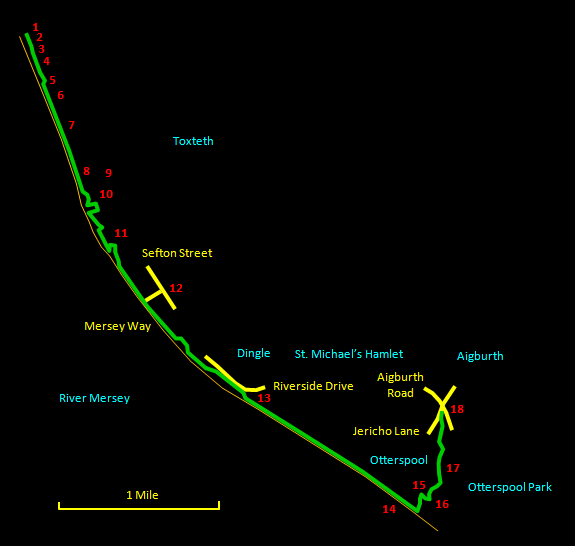 |
 |
Start at the Pier Head and take in the splendour of the Three Graces: the Royal Liver Building [1], the Cunard Building [2] and the Port of Liverpool Building [3]. The famous Royal Liver Building was completed in 1911 for the Royal Liver Friendly Society. It is unique in design in this country, incorporating Baroque, Art Nouveau and Byzantine influences and drawing inspiration from some early American tall buildings. Structurally it is notable for being one of the first large reinforced concrete buildings in the world. The clocks, 25 ft (7½ m) in diameter, were the largest electrically driven clocks in the UK when installed. There are four altogether, three on the seaward tower and one on the other, facing the city. The two iconic Liver Birds perched on the top are 18 ft (5½ m) high. The Cunard Building represents the restrained, elegant and Italianate face of the Three Graces and was the last to be completed in 1916 as the head offices and passenger terminal for the Cunard Steamship Company. |
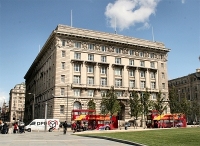 |
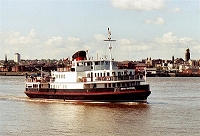 |
In front of you as you head south is the new Museum of Liverpool [4], well worth a look and it's free! It opened in 2011 and has since won a number of awards, most recently the Council of Europe Museum Prize for 2013. There has been not a little negative press about the building, particularly from architects and architectural journalists. Go past the museum and cross the Albert Dock lock gates to the Piermasters House [5]. |
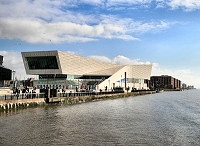 |
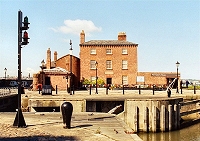 |
The Piermaster's House [5] stands at the end of the Canning Half-Tide Dock, which marks the location of the mouth of the former tidal creek known as the Pool (from which Liverpool partly derives its name). In front of you are the lock gates to the Albert Dock [6] with its monumental warehouses, which were opened in 1845 and built to last at a staggering cost of over £700,000. The fireproof design was a reaction to the enormous losses previously sustained in warehouse fires. The design also allowed direct loading and unloading between ships and warehouses for the first time in Liverpool. |
 |
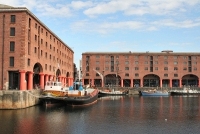 |
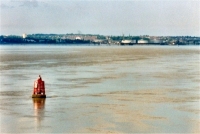 |
Eventually paths start coming down to the river. Look out for a red buoy number G6 [14] in the river. After this, ignore the first little path on the left and take the next broad path that comes out at the Otters Pool pub [15]. Go right at the pub and when you see a large grassy hollow on the left [16] (the original Otters Pool), take the path branching off to the left to enter Otterspool Park. Soon after take the path that doubles back around the left side of the hollow and leads by the left of a derelict café. You enter a nice, quiet, leafy valley where the little River Jordan used to flow in cascades until it was dammed to make the lake in Sefton Park. Pass under a railway bridge [17] and emerge eventually to the bustle of Aigburth Road [18] for the bus back into town. |
 |
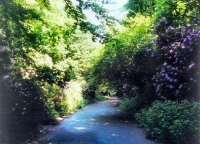 |